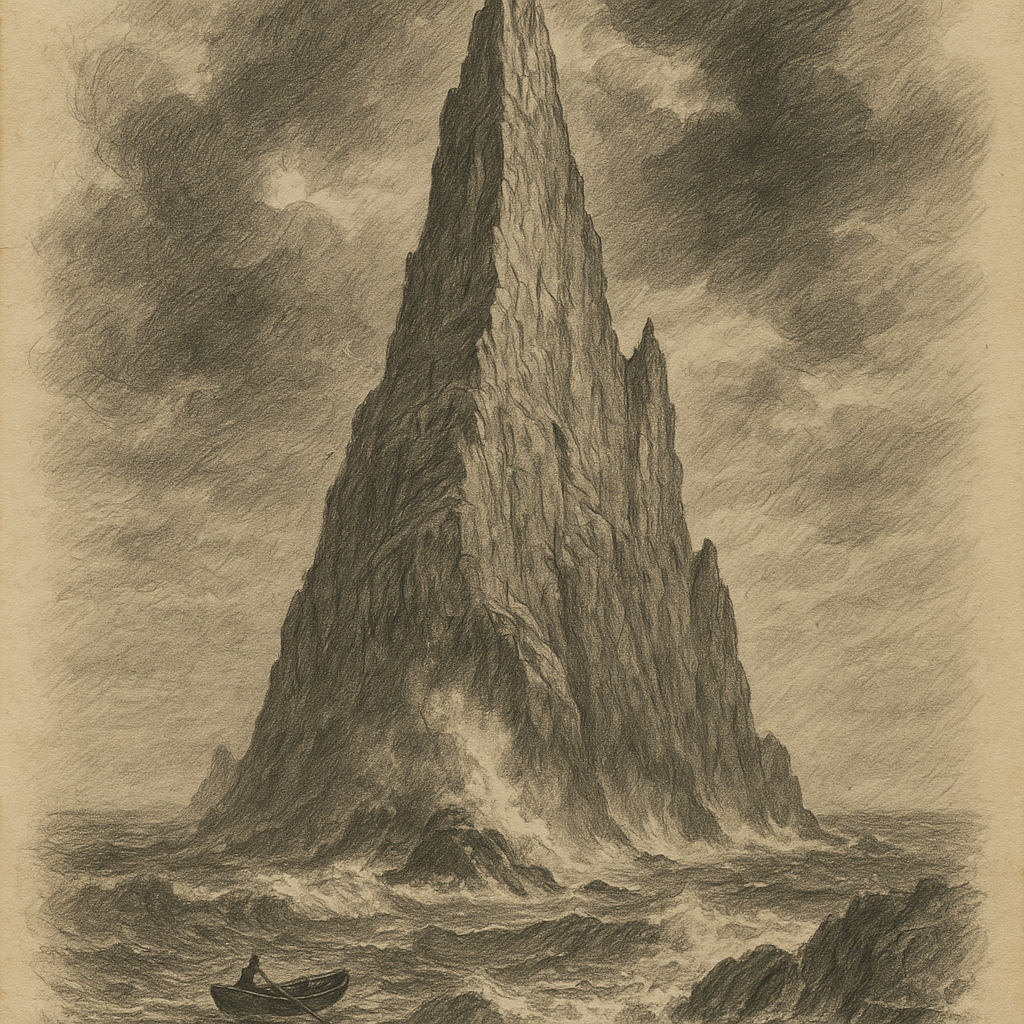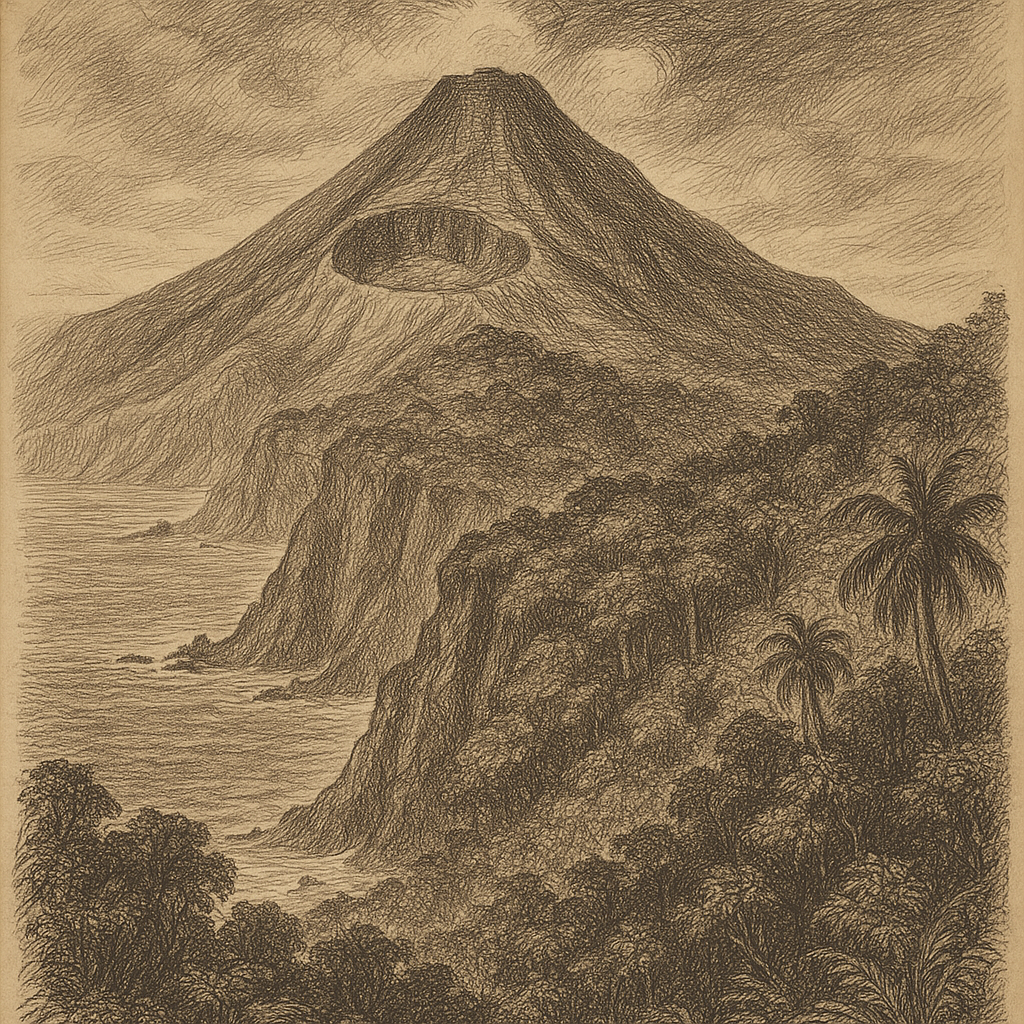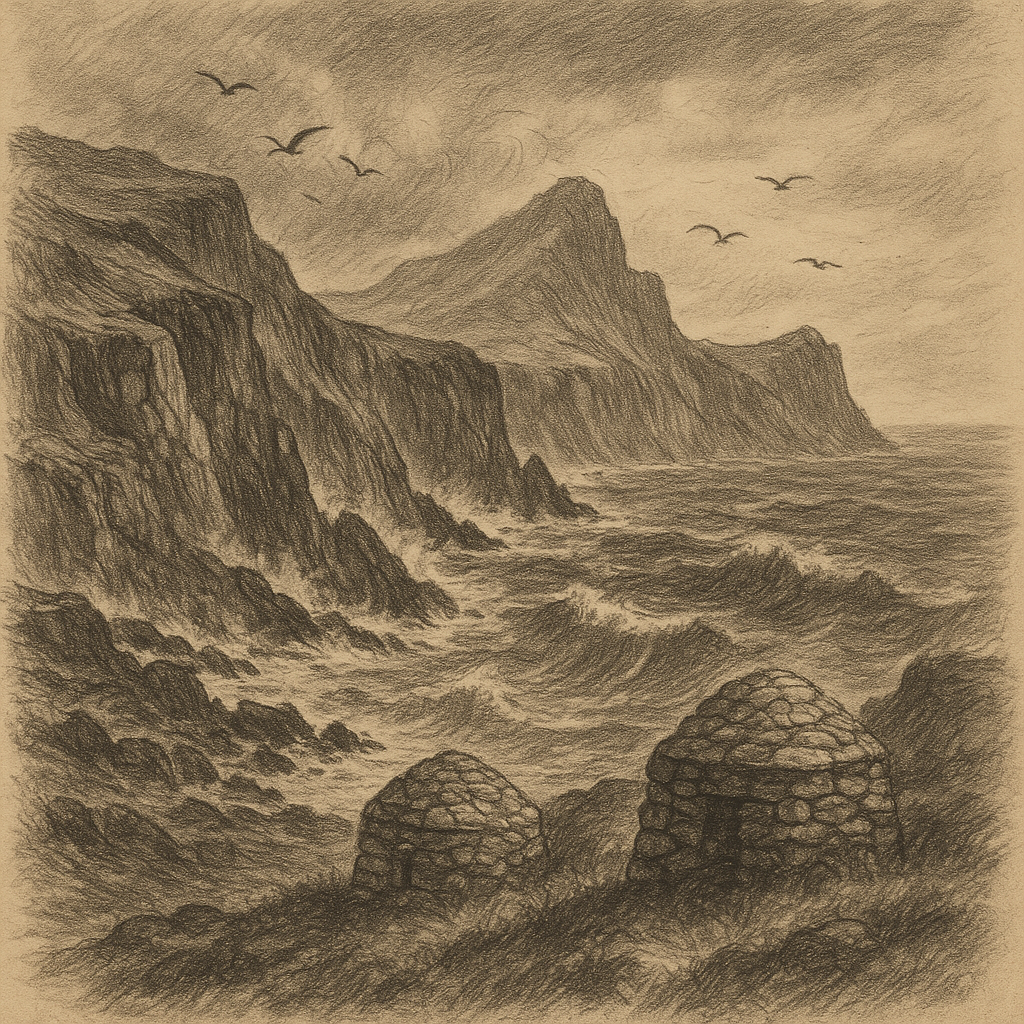Ball’s Pyramid Island: The World’s Tallest Sea Stack
Rising dramatically from the depths of the Tasman Sea, Ball’s Pyramid Island is one of the most awe-inspiring and isolated rock formations on Earth. Located 20 kilometers southeast of Lord Howe Island and about 600 kilometers east of the Australian mainland, Ball’s Pyramid is a towering remnant of a long-extinct volcanic caldera. This remarkable geological structure is not only notable for its stark beauty and remoteness but also for its role in conserving rare species and inspiring legends among adventurers and sailors alike.
Geological Origins and Physical Characteristics
Ball’s Pyramid is the eroded remnant of a shield volcano that formed approximately 7 million years ago during the Pleistocene epoch. With a height of 562 meters (1,844 feet), it is recognized as the tallest sea stack in the world. The island measures about 1,100 meters in length and only 300 meters at its widest point, giving it a steep and imposing profile that emerges almost vertically from the surrounding ocean.
The structure is composed predominantly of igneous rock, mostly basalt and andesite, shaped by millions of years of weathering and erosion. It lies on the same submarine ridge as Lord Howe Island and is part of the Lord Howe Rise – a submerged plateau that links Australia to New Zealand.
Due to its sheer cliffs and unstable rock faces, Ball’s Pyramid is completely uninhabited by humans and contains no flat areas suitable for settlement. Its striking, jagged silhouette has made it a subject of fascination among geologists and climbers alike.
Unique Biodiversity and Ecological Significance
Although the harsh environment of Ball’s Pyramid might seem inhospitable to life, it is in fact home to several unique species. One of the island’s most remarkable ecological stories involves the Lord Howe Island stick insect (Dryococelus australis), known colloquially as the “tree lobster.” Thought to have gone extinct after rats were accidentally introduced to Lord Howe Island in the 1920s, the insect was rediscovered in 2001 clinging to a small bush on a ledge about 100 meters up the rocky face of Ball’s Pyramid.
This incredible discovery has sparked international conservation efforts, including a breeding program at Melbourne Zoo, with the aim of reintroducing the species to its native habitat. The insect’s survival on Ball’s Pyramid stands as a testament to the resilience of life in even the most inhospitable conditions.
The surrounding marine environment is equally rich, with coral reefs, a variety of fish species, and occasional sightings of dolphins and whales. Despite its remote nature, the ecosystem around Ball’s Pyramid plays a critical role in preserving the biological diversity of the region.
Access and Human Interaction
Due to its remoteness and rugged topography, human interaction with Ball’s Pyramid has always been limited. The first successful ascent to the summit was achieved in 1965 by a group of climbers led by Bryden Allen, after years of failed attempts and restrictions imposed by the New South Wales government.
Today, climbing the pyramid is strictly regulated, with access requiring a special permit from the Lord Howe Island Board. Visitors are mostly limited to scientific expeditions and occasional diving and kayaking tours that explore the waters around the island. These restrictions help minimize human impact on the fragile ecosystem and maintain the island’s status as an important conservation area.
Interesting Facts About Ball’s Pyramid
– Ball’s Pyramid was discovered in 1788 by Lieutenant Henry Lidgbird Ball, commander of HMS Supply, and the island was named in his honor.
– It holds the title of the tallest volcanic stack in the world, surpassing other notable sea stacks by several hundred meters.
– The re-discovery of the Lord Howe Island stick insect has been hailed as one of the most remarkable stories of species recovery in recent history.
– Due to its steep cliffs and limited vegetation, there is little soil cover, making it an extreme example of survival ecology.
– The pyramid is featured in diving legends due to the clarity of its surrounding waters and unique underwater topography, drawing adventure-seekers from around the globe.
Legends and Myths Surrounding the Island
Due to its remote location, dramatic form, and sheer mystery, Ball’s Pyramid has been the subject of various tales and legends over the centuries. Early sailors believed the jagged rock formation to be cursed, nicknaming it the “Devil’s Tooth” due to its menacing appearance. Several shipwrecks were rumored to have occurred in the treacherous waters nearby, including ghost stories of sailors whose spirits are said to roam the area.
One enduring myth tells of an ancient civilization that once used Ball’s Pyramid as a spiritual waypoint, with claims that secret markings and carvings found on the rockface serve as evidence. While such myths lack scientific backing, they continue to add to the island’s air of mystery and allure.
Modern adventurers often speak of Ball’s Pyramid in almost mystical terms, captivated by its unyielding presence and the sense of timeless solitude it offers. The island’s weather, often shrouded in mist and battered by high winds, contributes to these tales, reinforcing its reputation as both majestic and foreboding.
Preserving a Natural Monument
In recent years, environmental efforts have focused on maintaining the pristine condition of Ball’s Pyramid and the surrounding marine environment. As part of the Lord Howe Island Marine Park, the island is protected under Australian and New South Wales legislation. Researchers and conservationists continue to monitor the delicate balance of life that clings to its rocks, particularly species like the Lord Howe Island stick insect.
Only a small number of visitors ever lay eyes on Ball’s Pyramid in person, but for those who do, it is an unforgettable experience. Straddling the line between natural wonder and near-mythical monument, Ball’s Pyramid stands as an enduring symbol of nature’s resilience and mystery in one of the most remote corners of the Pacific.



